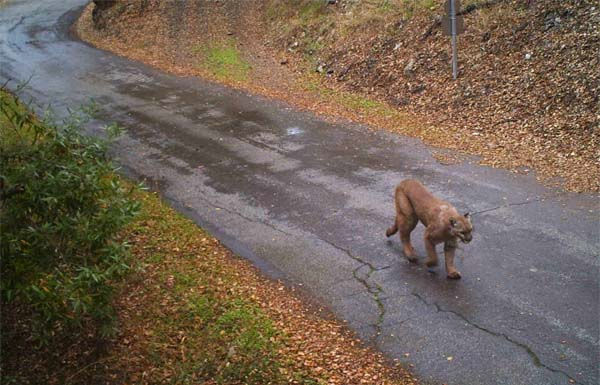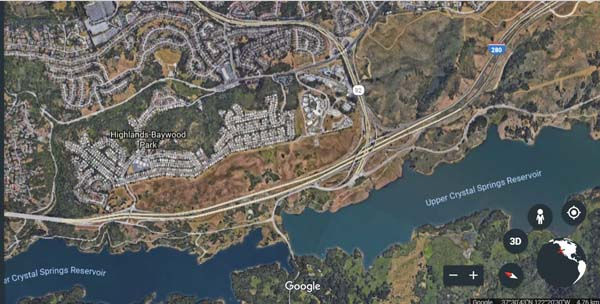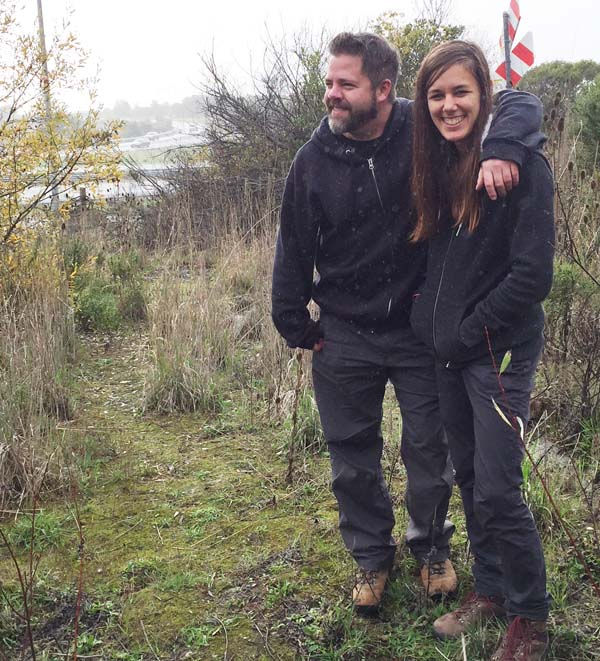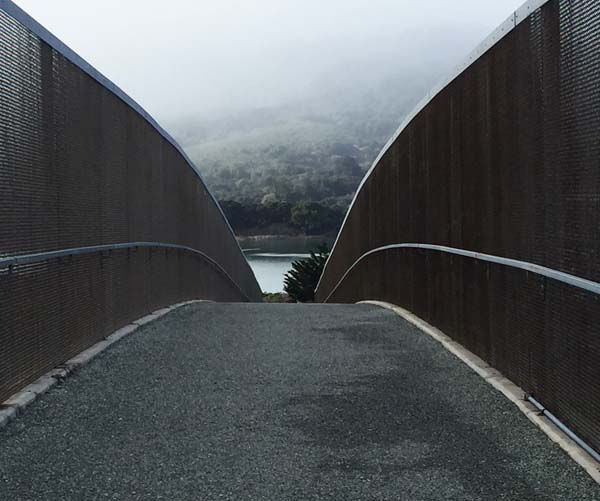Spying on Mountain Lions, Bobcats and Other Animals
- Marilyn Krieger, CCBC
- Mar 22, 2018
- 3 min read
I’m maintaining four wildlife cameras. Two are for the Bay Area Puma Project (BAPP). The others are for me—they feed my addiction for secretly spying on wildlife doing their natural thing. I’m a certified cat behavior consultant and author and I’m interested in how increasing urbanization is influencing the behaviors of our local mountain lions both with each other and with people. Sadly, encroaching civilization with its buildings, roads and increasing population has decreased the natural areas for pumas and other wild life. Unfortunately, many encounters with civilization have not gone well, especially when fast moving vehicles are involved.

Pumas on the road. Picture provided by Bay Area Puma Project
The I-280 corridor study
The study focuses on a 10-mile segment of Interstate 280, a 57 mile long highway that runs from San Francisco to San Jose. We’re pinpointing the places where wild life successfully crosses 280 as well as those spots where they lose the battle while attempting to cross the busy interstate.
The west side of the highway is un-peopled, with miles of open space, complete with lakes, mountains, forests, grass—a wild environment, rich with life. The area is teeming with animals—a working eco-system that includes a wide variety of wildlife.
The east side of the freeway is a different story. Homes, businesses and bustling thoroughfares dominate the landscape. There are still some open spaces east of 280 that remain wild. Unfortunately, animals are losing their lives attempting to cross from one side to the other. Our local lions are among the victims. They follow the deer or they disperse to the east, looking for new territory. The lucky ones who make it across often end up near homes and are sighted by residents. Some people think they are cool; others are not as receptive to them.

View of the area around Highway 280. Picture from Google Earth
Our study includes placing a number of wild life cameras on both sides of 280. Based on what we find, we’ll make recommendations to CalTrans (California Department of Transportation) for installing and repairing fences in specific areas as well as pointing out locations where modifications can be made that will allow wildlife to safely pass over or under the freeway. Recommendations will take into account the wild spaces as well as populated areas. Zara McDonald, Courtney Coon, Brad Nichols and Audrey Jost are the scientists who designed and developed the protocols for the study. Additionally, volunteers will maintain other cameras located in the north end of the study area.

Picture of Brad and Audrey. Photo by Marilyn Krieger, CCBC
Camera placement
I’m checking and blogging about two of the cameras in the south end of the study. The first one is focused on a path that extends over the freeway. Although both ends of the path funnel into unpopulated areas, it’s enclosed on each side with fences and wire. I’m curious to see if anything larger then a rabbit will feel secure enough to venture on it during the day. Perhaps deer and predators will feel safe to traverse it at night and in the early morning hours. I’m counting on the camera to solve the mystery.
The second camera is in a promising spot, pointed up a game trail on the east side of the freeway. There aren’t fences on either side of the freeway, which makes it a likely place for animals to cross. Neighbors have reported seeing lions nearby on the road and in their driveways. On one side of the trail are trees and low bushes that theoretically can provide cover for shy predators.

View from the path. Photo by Marilyn Krieger, CCBC
Check back next month for the next installment of my wildlife camera adventures. I can’t predict what our cameras will capture—perhaps pumas and other predators will be sighted in the lenses, or maybe we’ll only catch deer and rodents. Who knows? Stay tuned…
Marilyn Krieger, CCBC (The Cat Coach, LLC®) author of Naughty No More! helps solve cat behavior challenges nationally and internationally through on site and remote consultations.
Marilyn enjoys educating people about cat behavior. She gives presentations throughout the United States as well as writes columns and articles for a variety of venues. Additionally Marilyn is a frequent guest on television and radio. She has appeared, along with her Bengals and Savannah Cat on Animal Planet, CBS, ABC, KGO and others.
Join Marilyn for lively discussions on her Facebook page







Comments